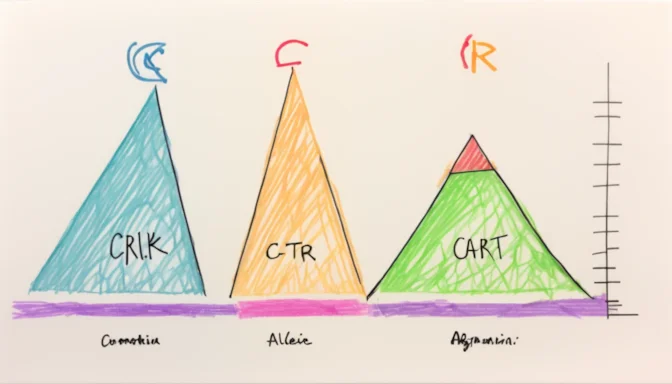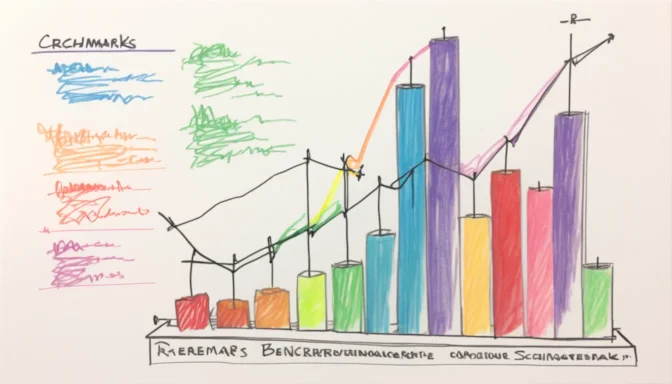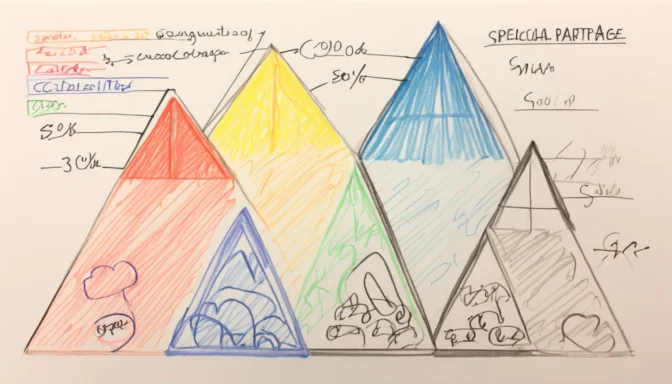What Does CTR Stand For?

Click-Through Rate (CTR) is a fundamental key performance indicator in digital marketing. It is derived by dividing the number of clicks an advertisement receives by the total number of times the ad is displayed (impressions). For instance, if an ad has 5 clicks and 100 impressions, the resulting CTR would be 5%.
Is Click Rate Identical to CTR?

Though 'click rate' and 'click-through rate' (CTR) are frequently used interchangeably, they are in fact distinct. Click rate focuses on the percentage of people who received and opened an email, whereas CTR calculates the percentage of those who actually clicked on a link or ad within that email.
Defining a Good CTR

A 'good' CTR can vary based on a range of factors such as the industry, the platform used for advertising, and specific targeting strategies. Industry averages often cite a 6.64% CTR for search ads and 0.57% for display ads. Exceeding these averages is generally considered favorable.
High vs Low CTR: What Does It Mean?

A high CTR, usually above 3%, signifies that your ad resonates well with the audience. Conversely, a low CTR, typically under 0.3%, suggests a need for optimization. It's important to note that factors like your industry and competitive landscape can influence what constitutes a high or low CTR.
How to Compute CTR

The calculation for CTR is simple: Divide the number of clicks your ad garnered by the total number of impressions, then multiply by 100. For example, if an ad receives 7 clicks from 100 impressions, the CTR would be 7%.
Special Cases: Is a 20% or 1% CTR Favorable?

On platforms like YouTube, a CTR between 5% and 20% is considered robust. For search and display ads, the average CTR generally hovers around 1.9%. These figures are not universally applicable, requiring you to consider your unique business context to accurately assess your CTR.
 E-Commerceo
E-Commerceo
